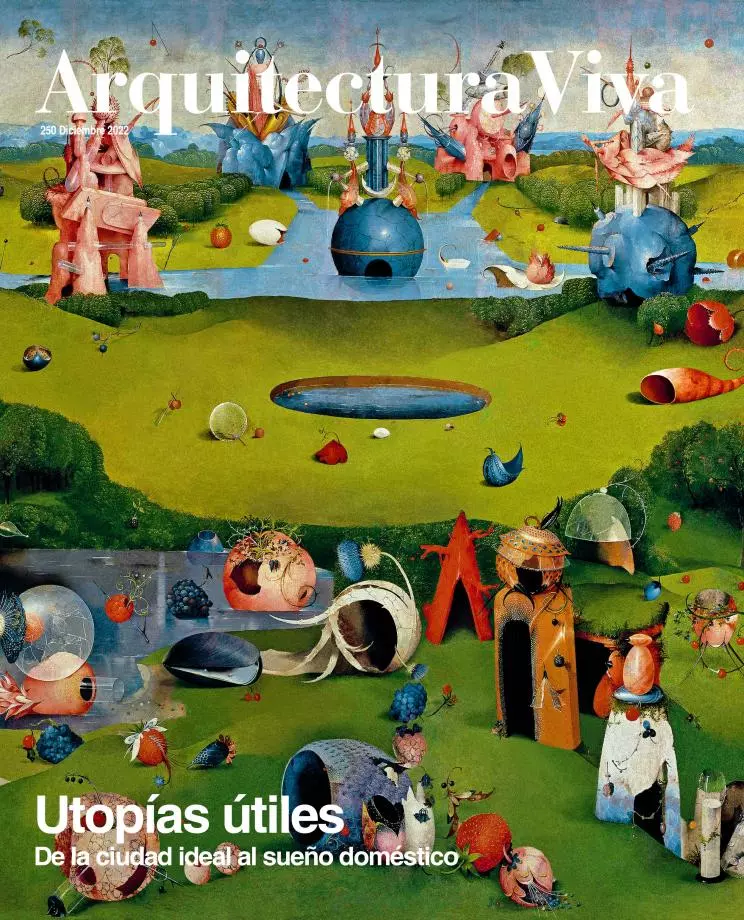
Half a century after her early death, a book rescues the work of Maria Antónia Leite Siza: the catalogue of the exhibition on view till March 2023 at the Serralves Museum in Porto, presenting a hundred drawings recently donated to the institution by the artist’s husband, Álvaro Siza.
Although curatorship usually involves a choice of what to include and exclude, Antónia Choupina – organizer of the show and editor of the publication – must have been convinced that given the overall quality and unpublished nature of the collection, the reasonable thing was not to make any selection or judgment, but to present all of it. The decision turned out correct because this striking graphic set of documents enriches our view of Portugal’s art scene of the 1960s and 1970s: a period in which geometric abstraction reigned supreme but with the figurative reemerging through Paula Rego’s first solo exhibition at the Modern Art Gallery of the Fine Arts School of Lisbon in 1966, and then through Maria Antónia Leite Siza’s first and only solo show at the Cooperative Árvore in Porto four years afterwards.
What we normally search when we pick up the catalogue of an artist is a look at her work process. We would then like to feel with this book the silence that settles after the finished drawing, the smell of Chinese ink recently applied with a fine pen on white A4 sheets. But in fact, what this catalogue is able to give is a glimpse of Maria Antónia herself when, at some point of the day or perhaps during the evening, she would suddenly feel the urge to draw and start empirically dimensioning people, in her mind and on the drawing surface. Álvaro Siza, self-confessed apprentice of this artist, says: “One after another the images moved, muscles atop bones furrowed the bodies, emotions awakening in their faces and gestures.”
But this catalogue does not only offer the contents of the exhibition, like a mere register, but adds a series of reflections to complement the visit, putting it in a wider intellectual framework and providing a richer experience. Leite Siza’s drawings are shown together with texts by Álvaro Siza, António Choupina, Deanna Petherbridge, Filipe Vergne, and Madelon Vriesendorp, which launch a necessary theoretical reflection on the trajectory of this artist, her biography, her unorthodox creative process, and her aesthetic family. In conclusion, they throw light on her universe and her peculiar – somewhat ironic – way of relating with it. This book aligns with the tradition of Maria Antónia Leite Siza in the purest etymological sense of the term: what she delivers to us as a legacy.







